The discovery of ancient fossils always brings with it a sense of awe and wonder, offering us a glimpse into a world long before our own. Recently, the unveiling of a gigantic crocodile skull has reignited excitement and curiosity about prehistoric life. This monstrous skull not only captivates the imagination but also sheds light on the terrifying creatures that once roamed our planet.
Unearthing a Time Capsule

The recently unearthed crocodile skull is akin to a time capsule, giving paleontologists valuable insights into the creature that lived millions of years ago. Found carefully buried in sediment, the skull has been remarkably well-preserved, providing crucial information about its size, diet, and habitat.
The Gigantic Proportions
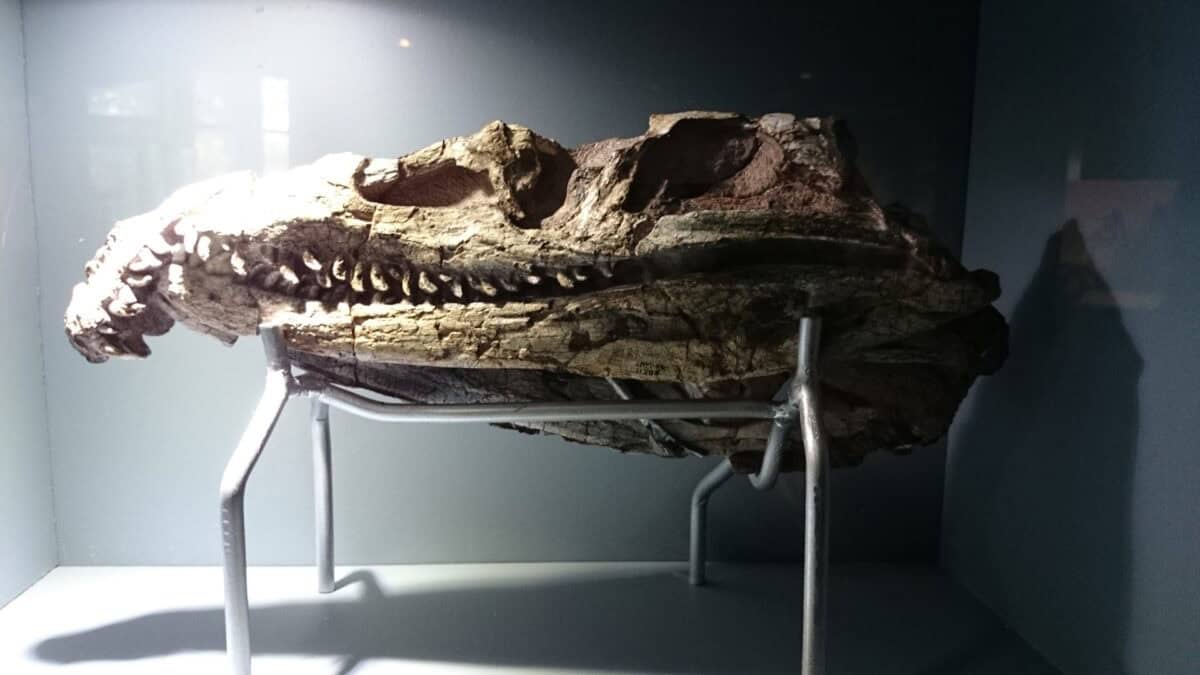
This massive skull suggests that the crocodile was a truly colossal creature. With an estimated length of over 30 feet, it dwarfs modern-day crocodiles, making it one of the largest known prehistoric crocodiles. Its jaws alone are a testament to its ferocious nature and predatory prowess.
An Apex Predator
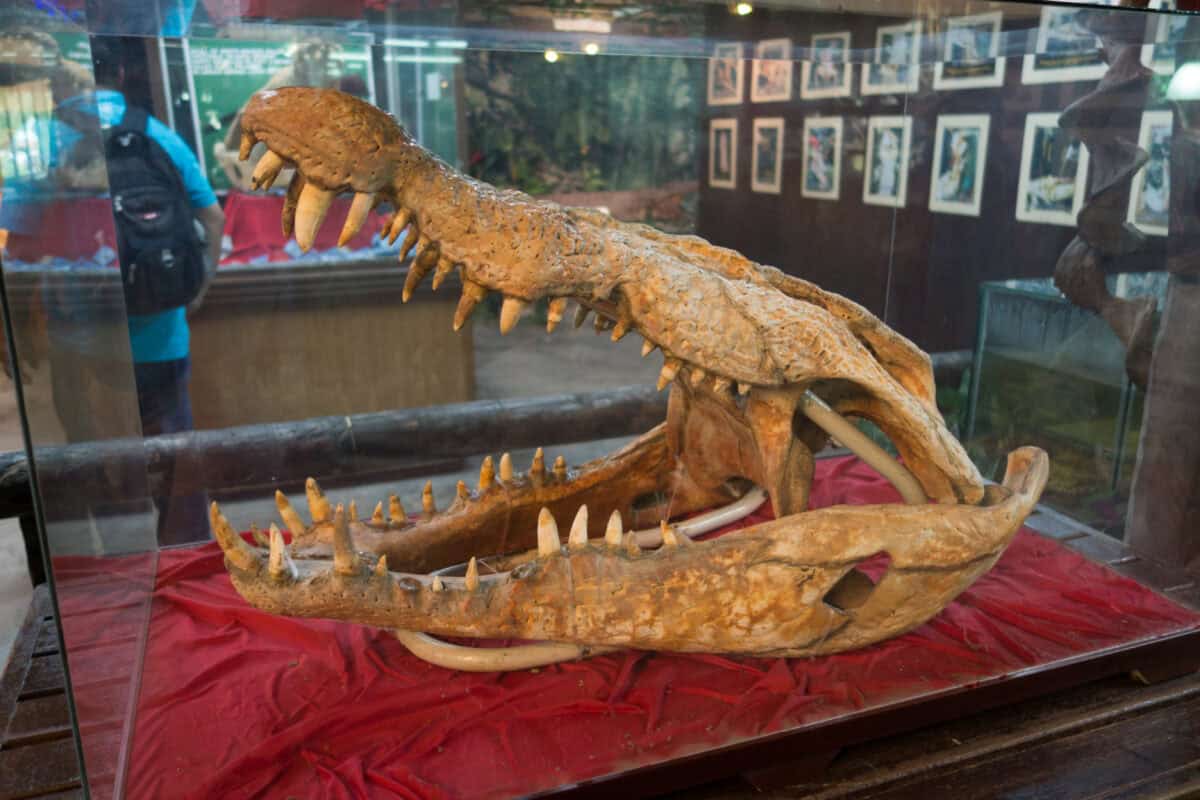
The structure of the skull reveals its role as an apex predator in its ecosystem. The powerful jaws and sharp teeth were ideally suited for crushing bones and devouring large prey. This giant crocodile would have been at the top of its food chain, dominating rivers and floodplains.
The World It Inhabited
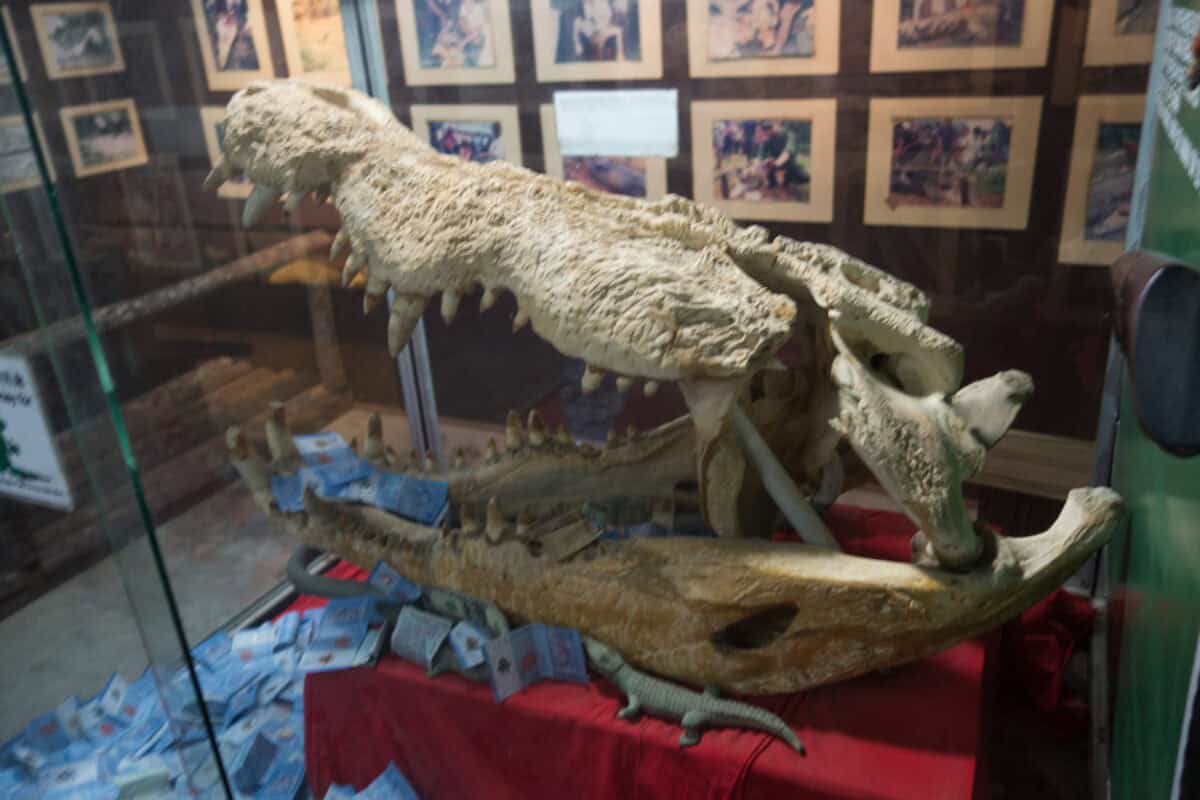
Living approximately 100 million years ago, during the Cretaceous period, this crocodile shared its environment with dinosaurs. Its habitat likely consisted of dense forests and expansive waterways teeming with life. Understanding this context helps scientists reconstruct ancient ecosystems and the interdependence of species.
Comparing Ancient and Modern Crocodiles
While modern crocodiles can be formidable, the size and power of this ancient relative are unmatched. Studying the evolution and adaptations from ancient to modern times offers insights into how these creatures survived mass extinction events and environmental changes.
Fossilization and Preservation
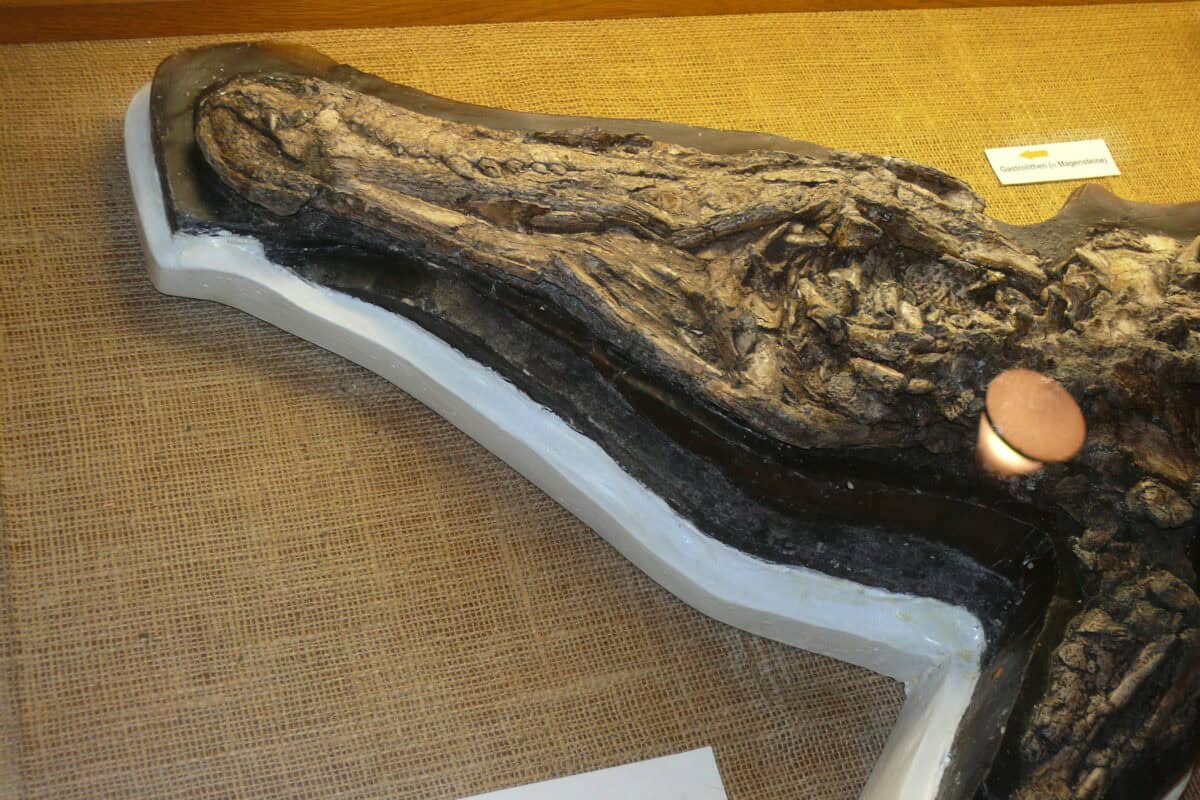
The process of fossilization that preserved the skull over millions of years is a fascinating story of geological and chemical interactions. As minerals replaced organic material, the skull became encapsulated in rock, allowing scientists today to study its structure and features.
The Significance of Fossil Discoveries
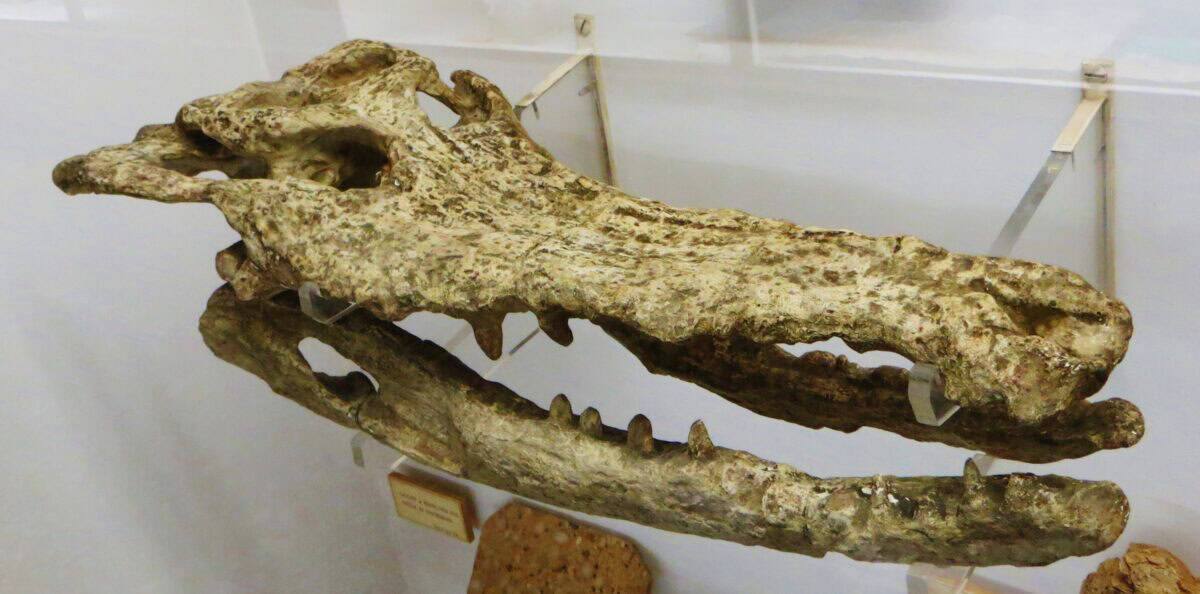
Every fossil discovery provides a unique chapter in Earth’s history book. They help bridge gaps in our understanding of life’s evolution and the changes that have occurred over geological epochs. This skull not only tells us about a specific species but also about the biodiversity of the era it lived in.
Crocodiles: Survivors of Extinction

One of the most fascinating aspects of crocodile history is their ability to survive multiple extinction events. This discovery underscores their adaptability, offering clues into the environmental challenges these ancient creatures faced and how today’s crocodiles continue to thrive.
Implications for Modern Wildlife
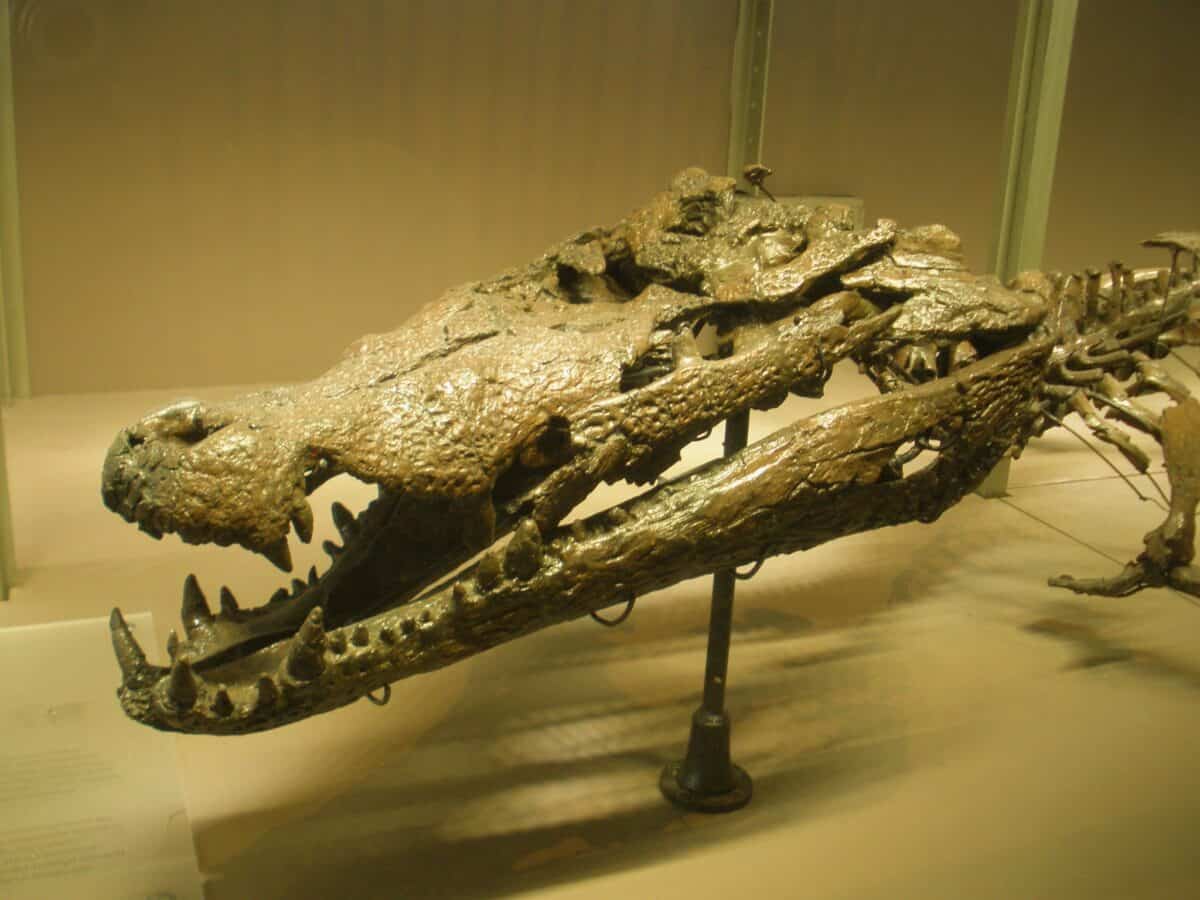
Studying prehistoric predators like this colossal crocodile can offer hints about current wildlife dynamics and potential responses to environmental pressures. By looking at ancient ecosystems, we gain a perspective on biodiversity conservation and ecological balance today.
The Role of Technology in Paleontology

Advanced technology plays a crucial role in such discoveries. Techniques like 3D imaging, carbon dating, and computer simulations allow scientists to analyze fossils in unprecedented detail, unraveling the mysteries of species that have long vanished from the earth.
Public Fascination with Dinosaurs

The public’s enduring fascination with dinosaurs and ancient reptiles is fueled by discoveries like this. Such finds captivate imaginations, inspiring curiosity and learning, especially among younger audiences who may one day become the next generation of scientists and explorers.
A Window into the Past

Ultimately, the discovery of this gigantic crocodile skull serves as a window into the distant past. It challenges our perceptions of ancient life forms and enriches our understanding of Earth’s history. As we continue to unearth evidence of this lost world, we deepen our appreciation for the planet’s rich tapestry of life.
In sum, the unearthing of this terrifying crocodile skull is not just a notable paleontological find but also a reminder of the dynamic and diverse life that has shaped our planet’s history. As we delve into the mysteries these fossils hold, we gain a deeper connection to the ancient past and a greater understanding of the world we live in today.
- Orangutan Moms Build a New Nest Every Night - August 9, 2025
- The Sacred Buffalo in Plains Indian Traditions - August 9, 2025
- How Wildfires Influence Animal Migration and Habitats - August 9, 2025
